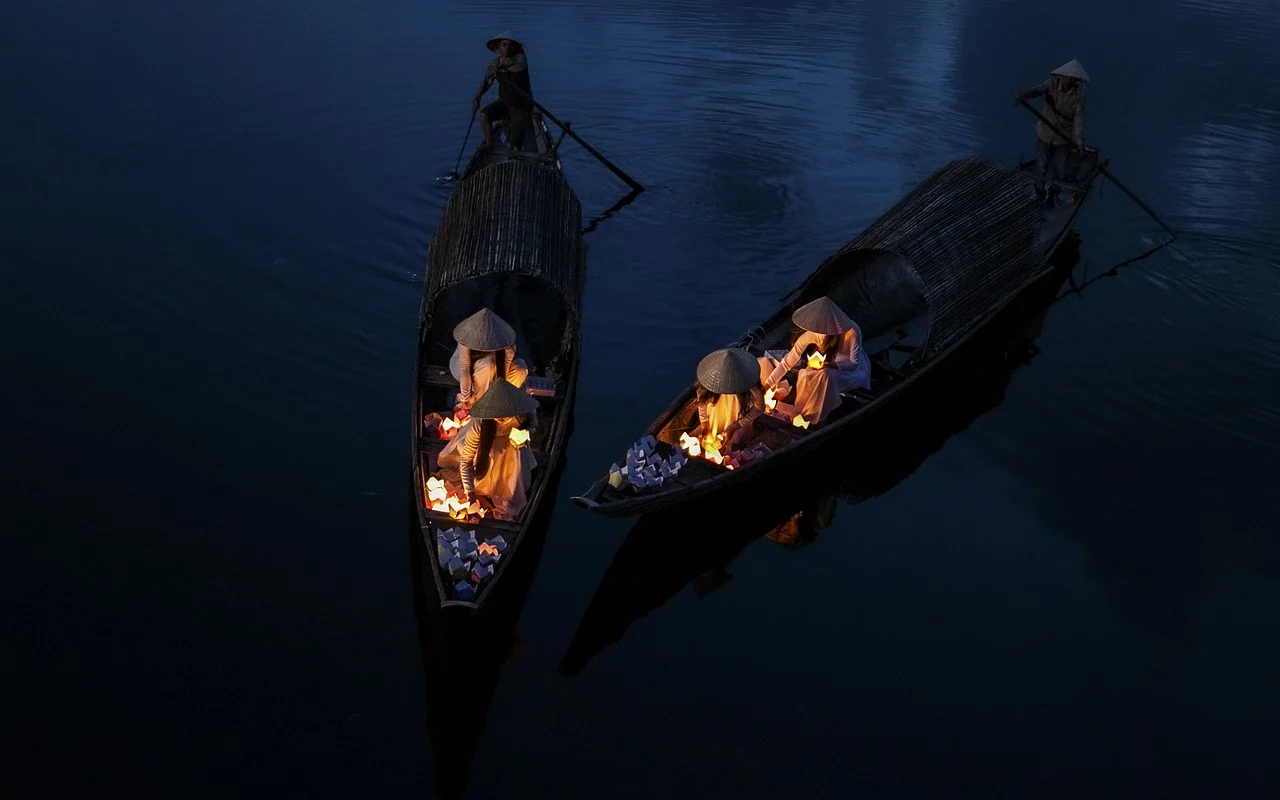Swiss Folktales: Stories Passed Through Generations

Switzerland, with its majestic Alps, serene lakes, and picturesque villages, is not only a land of natural beauty but also a treasure trove of cultural heritage. Among its most enduring traditions are its folktales—stories passed down through generations that capture the imagination, morals, and values of the Swiss people. These tales, often rooted in the country’s rugged landscapes and rural life, offer a window into the collective soul of Switzerland. This article explores the rich tradition of Swiss folktales, their themes, characters, and the role they play in preserving Swiss culture.
1. The Origins of Swiss Folktales
Swiss folktales have their origins in the oral traditions of the country’s diverse regions. Before the advent of written literature, stories were shared around hearths, in village squares, and during long winter nights. These tales were shaped by the unique geography of Switzerland, with its mountains, forests, and valleys often serving as backdrops for magical and mysterious events.
The stories were influenced by the cultures of neighboring countries, including Germany, France, Italy, and Austria, as well as by the indigenous traditions of the Swiss people. Over time, these tales were collected and published, ensuring their preservation for future generations.
2. Themes and Motifs in Swiss Folktales
Swiss folktales are rich in themes and motifs that reflect the values, fears, and aspirations of the people. Some of the most common themes include:
The Power of Nature
The Swiss Alps and their unpredictable weather often play a central role in folktales. Mountains are depicted as both majestic and dangerous, embodying the awe and respect the Swiss have for their natural environment. Stories often warn of the perils of venturing into the mountains unprepared or disrespecting nature.
Moral Lessons
Many Swiss folktales are didactic, teaching lessons about honesty, hard work, kindness, and humility. These stories often feature characters who are rewarded for their virtues or punished for their vices.
Mythical Creatures and Spirits
Swiss folktales are populated with a variety of mythical creatures, including dwarves, giants, witches, and spirits. These beings often inhabit the mountains, forests, and lakes, adding an element of magic and mystery to the tales.
Love and Sacrifice
Romantic tales of love and sacrifice are also common, often involving star-crossed lovers or characters who must overcome great obstacles to be together.
3. Iconic Swiss Folktales
Swiss folktales are as diverse as the country’s regions, but some stories have become iconic, transcending local boundaries to become part of the national heritage. Here are a few notable examples:
The Legend of William Tell
Perhaps the most famous Swiss folktale, the story of William Tell is a symbol of resistance and freedom. According to the legend, Tell was a skilled archer who defied the tyrannical rule of the Habsburgs. Forced to shoot an apple off his son’s head as punishment, Tell succeeded and later killed the oppressive governor, sparking a rebellion. This tale has become a cornerstone of Swiss national identity.
The Story of the Swiss Parson’s Horse
This humorous tale tells of a parson who tries to outsmart his parishioners by pretending his horse can understand human language. When the horse is stolen, the parson’s ruse is exposed, teaching a lesson about honesty and humility.
The Dwarf and the Cobbler
In this heartwarming story, a poor cobbler is helped by a kind-hearted dwarf who secretly repairs shoes at night. The cobbler’s gratitude and generosity are rewarded, highlighting the importance of kindness and community.
The White Snake
A classic tale of transformation and love, “The White Snake” tells the story of a prince who gains the ability to understand animals after eating a piece of a magical white snake. His newfound gift helps him overcome challenges and win the heart of a princess.
4. The Role of Folktales in Swiss Culture
Swiss folktales are more than just entertaining stories; they play a vital role in preserving and transmitting cultural values and traditions. These tales serve as a bridge between generations, connecting the past with the present and ensuring that the wisdom and experiences of ancestors are not forgotten.
Preserving Regional Identity
Switzerland’s linguistic and cultural diversity is reflected in its folktales. Stories from the German-speaking cantons often differ in tone and style from those in French- or Italian-speaking regions. By preserving these regional tales, Switzerland maintains its rich cultural mosaic.
Inspiring Art and Literature
Swiss folktales have inspired countless works of art, literature, and music. From paintings and sculptures to operas and films, these stories continue to captivate and inspire artists both within and beyond Switzerland.
Fostering a Sense of Community
Folktales are often shared during festivals, family gatherings, and community events, fostering a sense of belonging and unity. They remind people of their shared heritage and the values that bind them together.
5. The Legacy of Swiss Folktales Today
In the modern era, Swiss folktales continue to thrive, thanks to efforts to preserve and promote this cultural heritage. Museums, cultural organizations, and schools play a key role in keeping these stories alive. Additionally, contemporary adaptations of folktales in books, films, and digital media ensure that they remain relevant to new generations.
One notable example is the Swiss Fairy Tale Museum in Zug, which showcases the country’s rich storytelling tradition through interactive exhibits and workshops. Similarly, Swiss authors and illustrators continue to reinterpret classic folktales, infusing them with modern perspectives while retaining their timeless appeal.


